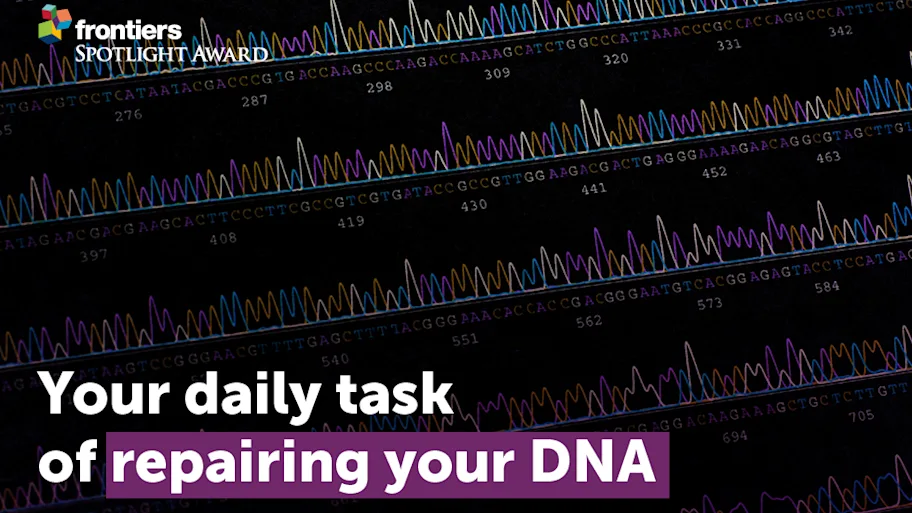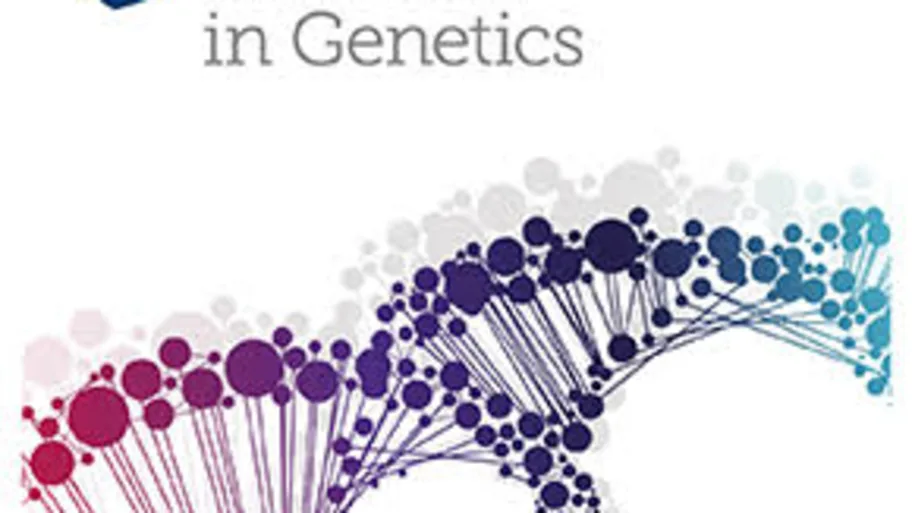
- Science news
- Life sciences
- Using precision-genetics in pigs to beat cancer
Using precision-genetics in pigs to beat cancer
Because of their similarities to people, using new technology in pigs turns up as a valuable alternative to rodent models of cancer.

By Mônica Favre, Frontiers Staff Science Writer
The numbers are staggering: more than 40 % is the lifetime risk of developing cancer in the U.S., with only 66 % survival-rates 5 years after diagnosis, for all types of cancer. Trends suggest that in 2015, over 1.6 million new cases were diagnosed in the U.S., with over 580,000 deaths in consequence.
These numbers emphasize the need to better understand and treat the various forms of the disease, but mouse models usually used in cancer research have given us limited answers. However, Senior Scientist Adrienne Watson and colleagues at Recombinetics and the University of Minnesota, say that pigs may turn out to be the best alternative models.
“Many organ systems vary so greatly between rodents and humans that certain types of cancer cannot be accurately modelled,” says Watson, despite the major role mouse models have played in our understanding of the disease. The authors conclude that the five deadliest cancers in the U.S. cannot be modeled in rodents, or have ineffective models for identification of treatments that translate to the clinic.
Cancer is a genetic disease where cells acquire or inherit genetic mutations, which result in malfunctioning proteins that cause uncontrolled growth of cells in the blood or solid organs. “The anatomical, physiological, and genetic similarities between swine and humans are striking, suggesting that disease modeling in this large animal may better represent the development and progression of cancer seen in people.”
The authors explain, in their article that was published recently in Frontiers in Genetics, that new technology in precision-genetics, when applied to pigs, will lead the way, and could become especially advantageous when conducting targeted gene-editing using custom endonucleases, such as TALENs and CRISPRs, and transposon systems. “We can now engineer exact human disease alleles into the pig genome, to make novel models not available in rodents. They are incredibly valuable for their broader preclinical applications.”
Using genetically modified pigs would allow overcoming one of the main drawbacks of rodent models, which is their inability so far to identify safe and effective drugs to treat cancer. For example, the size and ease in handling pigs allows for drugs to be administered in the same way as in patients, and for follow up blood-work over time.
The authors caution that, as for any novel animal model to be useful in cancer research, it must be adopted and fully tested in many laboratories and under many circumstances. But the higher costs involved in handling these animals in the laboratory setting may be well worth the gains in our understanding of this deadly disease.
Read the full article in Frontiers in Genetics
Research Topic: Building strategies for porcine cancer models
_________________________________________________________________REPUBLISHING GUIDELINES: At Frontiers, open access and sharing research is part of our mission. Unless otherwise noted, you can republish our articles posted in the Frontiers blog – as long as you credit us with a link back. Editing the articles or selling them is not allowed.






